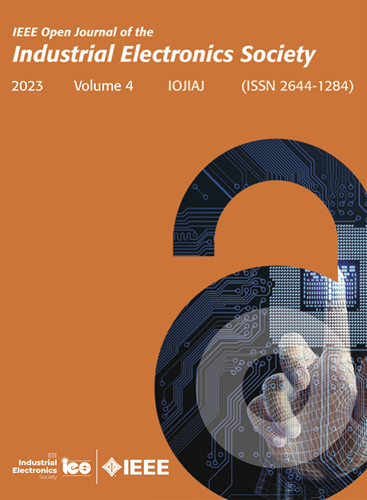Robust Predictive Visual Servoing of USVs With Wave Perturbations Considering FOV Constraint
IF 7.2
1区 工程技术
Q1 AUTOMATION & CONTROL SYSTEMS
引用次数: 0
Abstract
For unmanned surface vehicles (USVs) under wave perturbations, this article proposes a two-phase robust visual servoing method that maintains the image features within the field-of-view (FOV). First, a visual trajectory planning approach is proposed based on hybrid A*. The node expansion and Reeds–Shepp curve searching strategies in hybrid A* are improved to ensure the visual trajectory satisfies the FOV and nonholonomic constraints. Moreover, a minimum acceleration optimization method is integrated in hybrid A* to consider the USV dynamics limitations. Then, a robust nonlinear model predictive control (NMPC) scheme is proposed to track the visual trajectory under wave perturbations. For wave induced uncertainties on the roll, pitch and heave degrees of the USV, a feature correction method is adopted. For the uncertainties on the surge and yaw degrees, a tightened state constraint is proposed to tackle all the admissible realizations of the uncertainties in the NMPC scheme. Sufficient conditions are provided to guarantee the robust recursive feasibility of the NMPC algorithm. Additionally, it is shown via theoretical analysis, simulation results, and experimental results that the tracking errors will robustly stay in a small set around the origin, and the USV can finally arrive at the goal position within a finite time.考虑视场约束的波浪扰动usv鲁棒预测视觉伺服
针对波浪扰动下的无人水面车辆,本文提出了一种两相鲁棒视觉伺服方法,该方法可以保持视场内的图像特征。首先,提出了一种基于混合a *的视觉轨迹规划方法。改进了混合A*中的节点展开策略和reed - shepp曲线搜索策略,以保证视觉轨迹满足视场约束和非完整约束。此外,考虑USV动力学限制,在混合动力a *中集成了最小加速度优化方法。然后,提出了一种鲁棒非线性模型预测控制(NMPC)方案来跟踪波浪扰动下的视觉轨迹。针对无人潜航器横摇、俯仰和垂荡度的波动不确定性,采用特征校正方法。对于浪涌和偏航度的不确定性,提出了一个更严格的状态约束来处理NMPC方案中不确定性的所有可接受实现。给出了保证NMPC算法鲁棒递归可行性的充分条件。此外,理论分析、仿真结果和实验结果表明,跟踪误差将鲁棒地保持在原点附近的一个小集合内,并且USV可以在有限时间内最终到达目标位置。
本文章由计算机程序翻译,如有差异,请以英文原文为准。
求助全文
约1分钟内获得全文
求助全文
来源期刊

IEEE Transactions on Industrial Electronics
工程技术-工程:电子与电气
CiteScore
16.80
自引率
9.10%
发文量
1396
审稿时长
6.3 months
期刊介绍:
Journal Name: IEEE Transactions on Industrial Electronics
Publication Frequency: Monthly
Scope:
The scope of IEEE Transactions on Industrial Electronics encompasses the following areas:
Applications of electronics, controls, and communications in industrial and manufacturing systems and processes.
Power electronics and drive control techniques.
System control and signal processing.
Fault detection and diagnosis.
Power systems.
Instrumentation, measurement, and testing.
Modeling and simulation.
Motion control.
Robotics.
Sensors and actuators.
Implementation of neural networks, fuzzy logic, and artificial intelligence in industrial systems.
Factory automation.
Communication and computer networks.
 求助内容:
求助内容: 应助结果提醒方式:
应助结果提醒方式:


